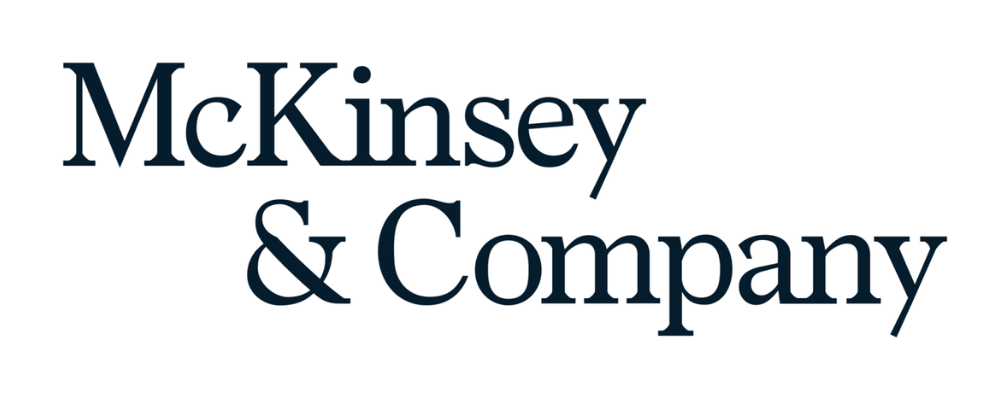
People want food delivered to their homes, and they want it now
Arne Gast: To kick us off, please tell us a little bit about your business, and how it has evolved since you founded the company in 2000.
Jitse Groen: It all started in my attic. We began operating in the Netherlands with Thuisbezorgd.nl, an online food delivery platform. The business grew rapidly, and we rebranded it as Takeaway.com in 2011. In 2016, we went public. Takeaway.com reached European scale through a blend of acquisitions and organic growth. In 2020, Takeaway.com merged with Just Eat, a successful Danish food delivery company. Today, we are a leading global on-demand delivery company. Our partners are primarily restaurants, but we have expanded our offering to new verticals including grocery delivery, pharmacy, and electronics. Going forward, Prosus’ investment, technology, and vast tech experience will help us strengthen our brands, enhance operations, and accelerate our growth.
Simon Wintels: How has the market for grocery delivery evolved in recent years, and how do you expect it to evolve in the coming years?
Jitse Groen: During the pandemic, quick commerce companies accelerated grocery delivery, but it turned out it was mostly driven by students ordering late-night snacks. There was a lot of excitement, but economically, it didn’t make sense, and a lot of companies went out of business. Now, most of our shoppers use grocery delivery to order items they forgot to pick up at the supermarket, like a carton of milk, or to top up the fridge between weekly shopping trips. Topping up the fridge, that’s the main use case now. But it will move to the full basket. I’m quite certain of that. Some consumers are already doing most or all their grocery shopping through delivery platforms, and I think we will see more of that in the future.
Arne Gast: How important is grocery delivery for you, relative to meals ordered from restaurants?
Jitse Groen: Right now, grocery accounts for 5 percent of our business in the United Kingdom. Currently, the customers who are ordering with us are not grocery shoppers; they’re food shoppers. But it’s a very large group. In the UK, it’s 35 percent of the adult population. In the Netherlands, it’s 40 percent. Given time, why shouldn’t these people order more groceries through our apps? The potential is huge. When we started offering grocery, we didn’t know how big these baskets would be. It turned out they’re actually quite sizeable. The grocery companies that join our platforms are often used to smaller baskets, and many of them are pleasantly surprised by the baskets they get through us. A couple of years from now, grocery could be half of our business. For us, it’s not that different from meals. We go somewhere, we pick something up, we deliver it.
Simon Wintels: How do you go about shaping your grocery value proposition?
Jitse Groen: We start with what shoppers want. Obviously, people want food delivered to their homes, and they want it now. The million-dollar question is what “now” really means. Is it 15 minutes? 30 minutes? One hour? With hot food, you don’t have much time, or it will get cold. With groceries, it’s actually easier. You can drive for an hour or two with groceries in the car, and the delivery time is an important factor in the economics. In any case, “now” is reasonably quick. It’s not “maybe tomorrow,” which is what most of the grocery companies in Europe are offering.
Arne Gast: More generally, what is your advice to traditional grocers regarding delivery?
Jitse Groen: In our conversations with a lot of supermarkets in Europe, we notice a lot of skepticism. They worry about their margins, and I get that. It’s economically challenging to make delivery work. Traditional grocers look at all the businesses that have failed, and they think it’s over. I don’t think so. It’s not over, and it will get more difficult if you wait. This may be hard for some people in the sector to hear, but not offering delivery is simply not an option. Otherwise, you’re going to realize at some point that most customers are doing it, and you’re too late, and then you have no business. A new generation of shoppers is emerging. They don’t see the point of going to a supermarket to pick up groceries. They have other things to do. I think picking up your own groceries is hopelessly old-fashioned.
What we notice with some grocery chains is that they want to develop everything on day one so that nothing can go wrong. That creates a huge upfront cost. We do it the other way around. We are always trying to teach ourselves what works. So, first we put things online. Then we see what customers are ordering, and we take it from there. If something doesn’t work, we improve it. That’s how we grow.
Simon Wintels: A lot of traditional companies are losing money with e-commerce and delivery. What is your advice to them?
Jitse Groen: It’s a question of scale. A lot of supermarkets try to do everything themselves, but if you have five orders a day, it’s hard to make the economics work. You need an app, you need bikes, you need cars, you need pickers and drivers, you may need hubs. That’s expensive. We serve tens of millions of consumers, and that makes it much easier to spread the cost. I’m not saying it necessarily has to be us, but partnering with a platform is an option traditional grocers should at least consider. In the end, delivery needs to be an economically viable business.
Arne Gast: What about pricing? That is a major concern for many grocers and their franchisees.
Jitse Groen: Traditional grocers have this preconception that a carton of milk you order through a delivery platform can’t be more expensive than a carton you pick up at the store. But why not? You spare the customer the trip to the store, and that’s a huge benefit. Why shouldn’t there be a premium for that? There are all these mental constraints. I’m not saying it’s easy, but I think the winners of the future are those who stop worrying about what could go wrong and start asking, how do I get this done? In the end, it’s a combination of your offline business and your online business that will keep you alive. You actually see that in the high streets. Most of the businesses that are still alive have both, or they have some very specific thing they’re offering to their customers.
McKinsey: If you had to venture a guess, what do you think grocery delivery will look like five years from now?
Jitse Groen: Five years from now, shoppers will probably no longer be using an app. They might be talking to their fridge, or their kitchen wall, or their car, to order a carton of milk. We are testing an AI-driven feature in our app that lets people place orders via chat. The front end looks simple. It’s a star-shaped button, and if you press it, you can chat with the app. But behind the scenes, it’s very complex. You need real-time transparency about your inventory and your delivery fleet. If you’re a brick-and-mortar grocer, that’s very hard, especially if your mindset is, I don’t really want to do this. But if you’re going to figure this out five years from now, you’re probably too late. In the end, it’s about what the customer wants, and the question for companies is: How do I get that done? That’s the core.
“Our firm is designed to operate as one—a single global partnership united by a strong set of values. We are equally committed to both sides of our mission: attracting and developing a talented and diverse group of colleagues and helping our clients create meaningful and lasting change.
From the C-suite to the front line, we partner with clients to help them innovate more sustainably, achieve lasting gains in performance, and build workforces that will thrive for this generation and the next.”
Please visit the firm link to site


